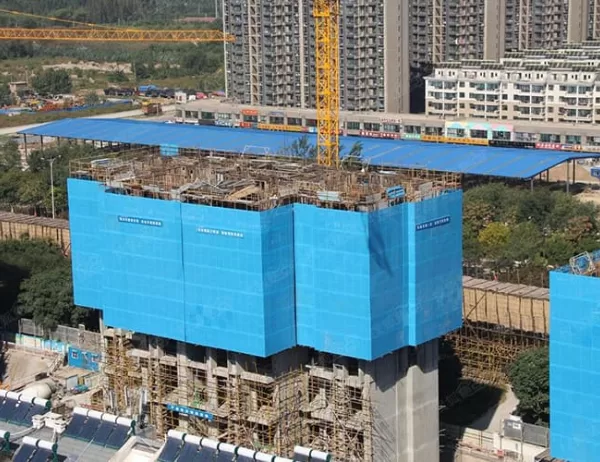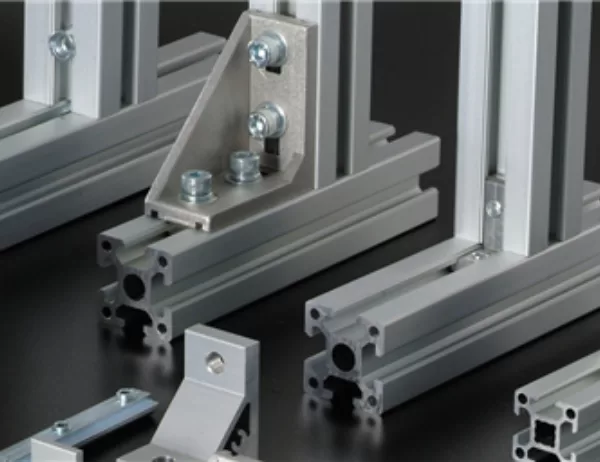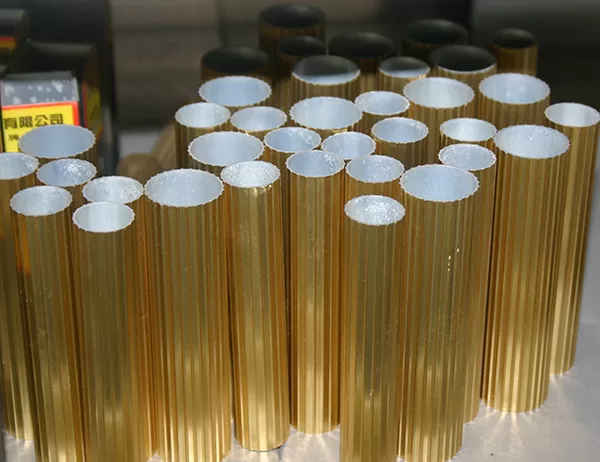As the global energy landscape shifts towards sustainable solutions, solar power has emerged as a promising and environmentally conscious alternative to traditional fossil fuels. In this pursuit of clean energy, innovative designs that enhance the efficiency and durability of solar panels have become paramount. Aluminum profiles, with their unique properties, have played a significant role in shaping these advancements. This article explores the innovative designs that harness the versatility of aluminum profiles in the construction of solar panels, driving the industry towards greater performance and reliability.
Aluminum’s inherent strength and rigidity make it an ideal material for the structural framework of solar panels. Aluminum profiles provide robust support for the photovoltaic cells, ensuring their secure mounting and protection against external forces. These profiles are resistant to bending, warping, and torsion, maintaining the panel’s alignment and integrity even under harsh environmental conditions, such as high winds or heavy snowfall.
The lightweight nature of aluminum profiles is a notable advantage in solar panel design. It reduces the overall weight of the panels, facilitating easier handling, installation, and transportation. Aluminum’s exceptional resistance to corrosion and UV degradation ensures that solar panels retain their structural integrity and performance over an extended lifespan. This durability factor contributes to reduced maintenance costs and maximizes the return on investment.
Heat dissipation is a crucial factor in maintaining the efficiency of solar panels. Aluminum’s high thermal conductivity enables efficient heat transfer from the photovoltaic cells to the surrounding environment. Aluminum profiles can be integrated into the panel design to create channels and fins that facilitate heat dissipation. This effective thermal management prevents panel overheating, ensuring optimal performance and extending the life of the cells.
Aluminum profiles offer remarkable versatility in design and customization. They can be extruded into various shapes and dimensions, allowing manufacturers to tailor solar panels to specific requirements. The profiles can accommodate different cell sizes, interconnection methods, and mounting options, enabling the creation of customized solutions for diverse applications, such as residential rooftops, commercial installations, and utility-scale projects.
Despite their superior performance, aluminum profiles are a cost-effective solution for solar panel construction. Aluminum’s abundance and efficient manufacturing processes contribute to its affordability. Additionally, the durability and long lifespan of aluminum profiles reduce replacement and maintenance costs, further enhancing the economic viability of solar power.
Innovative designs using aluminum profiles have revolutionized the construction of solar panels. From enhanced structural stability and lightweight durability to optimized thermal management, versatile customization, and cost-effectiveness, aluminum profiles have played a pivotal role in driving the industry towards greater performance and reliability. By harnessing the unique properties of aluminum, manufacturers can create solar panels that meet the evolving demands of the sustainable energy landscape, empowering the adoption of clean and renewable energy sources.




